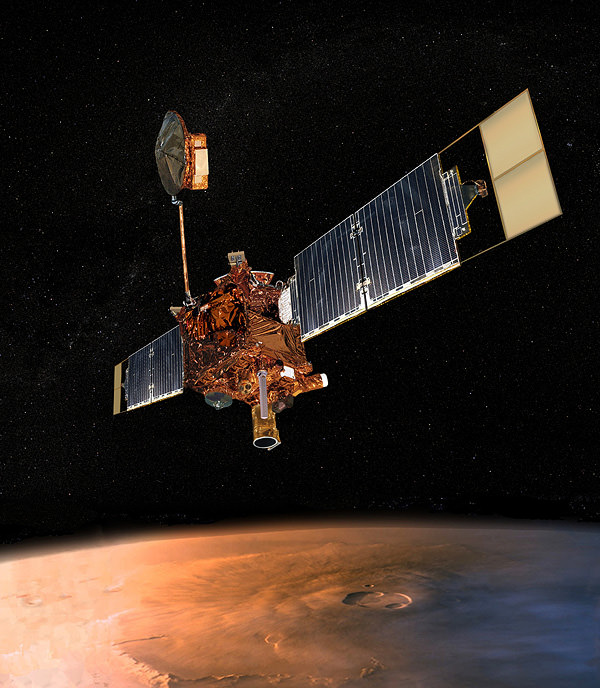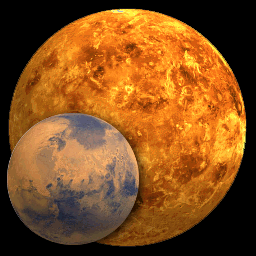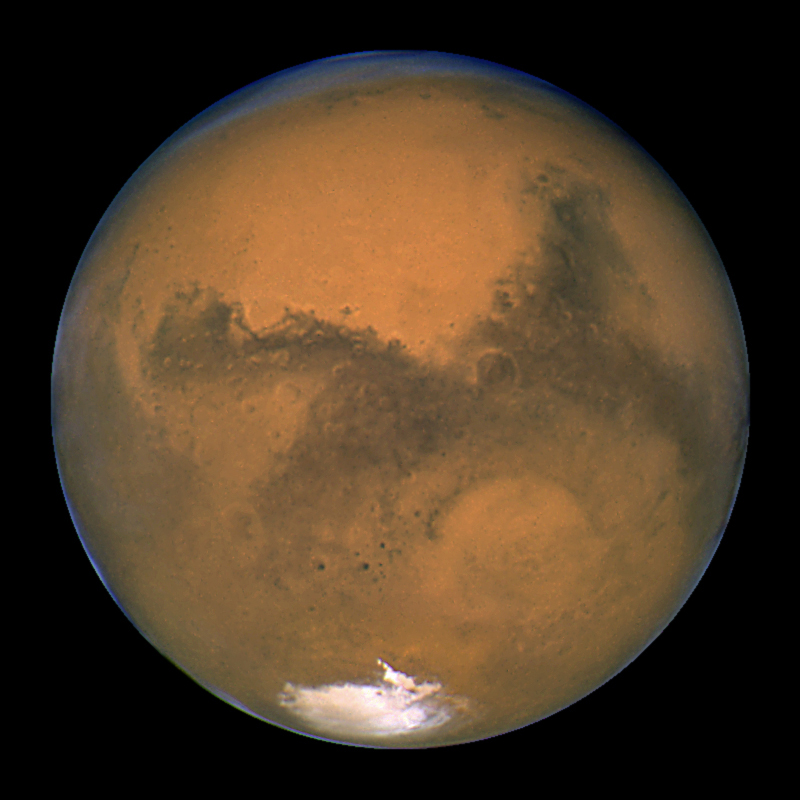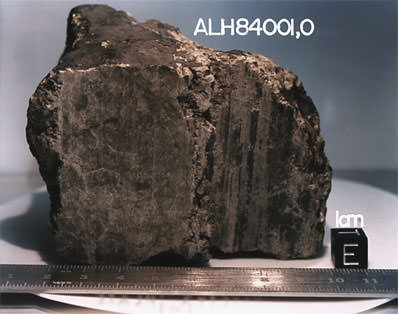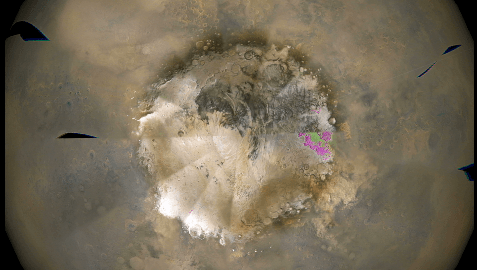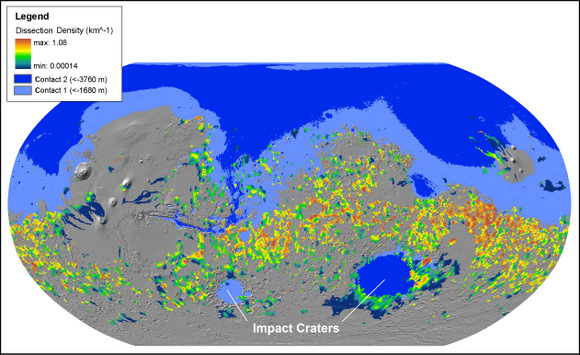[/caption]
The Mars Global Surveyor was a spacecraft sent to Mars in 1996. It arrived at Mars and studied the planet for 10 years, until it broke down in 2006, and controllers on Earth lost contact with it. But while it was operating, the spacecraft took thousands of images, and made some major discoveries about Mars.
Mars Global Surveyor was launched on November 7, 1996, and made its orbital insertion on September 11, 1997. It used a technique called aerobraking to reduce its orbit and bring it into an orbit that brought it to an average distance of 378 km from the surface of Mars. It circled the planet in a polar orbit once every 117 minutes, which allowed it to photograph the entire Martian surface.
The spacecraft was equipped with 5 major scientific instruments: Mars Orbiter Camera, Mars Orbiter Laser Altimeter, Thermal Emission Spectrometer, Magnetometer and electron reflectometer and the Ultrastable Oscillator for Doppler measurements. These instruments allowed the spacecraft to study the atmosphere and surface composition of Mars. But it also sent back the highest resolution photographs ever seen of Mars. The newer Mars Reconnaissance Orbiter has returned better images with its larger telescope, but when the first MGS images first came back from Mars, they were stunning.
It made some incredible discoveries about Mars. Thanks to the observations from MGS, astronomers determined that Mars had a layered crust that was more than 10 km thick. It found ancient craters that had been buried and then later exposed by erosion, and it found evidence of ancient lava flows.
But perhaps the biggest discovery was made in 2006, which researchers announced that they had uncovered evidence of recent water activity on Mars. Images from the Mars Global Surveyor showed gullies on Mars which looked like they’d been formed by water. It’s possible that water had erupted out of an underground aquifer and spilled down the slope of a hill before evaporating in the pressure of the Martian atmosphere.
After a decade of service, Mars Global Surveyor went silent on November 2, 2006. It went into safe mode after being issued commands to change the orientation of its solar panels, and it stopped communicating. NASA said that it was, “battery failure caused by a complex sequence of events involving the onboard computer memory and ground commands.” But we’ll never really know what happened to it.
We’ve written many articles about the Mars Global Surveyor for Universe Today. Here’s an article about how we lost contact with the Mars Global Surveyor, and here’s a picture of Earth taken by MGS.
If you’d like more info, check out the Mars Global Surveyor homepage.
Source: NASA

